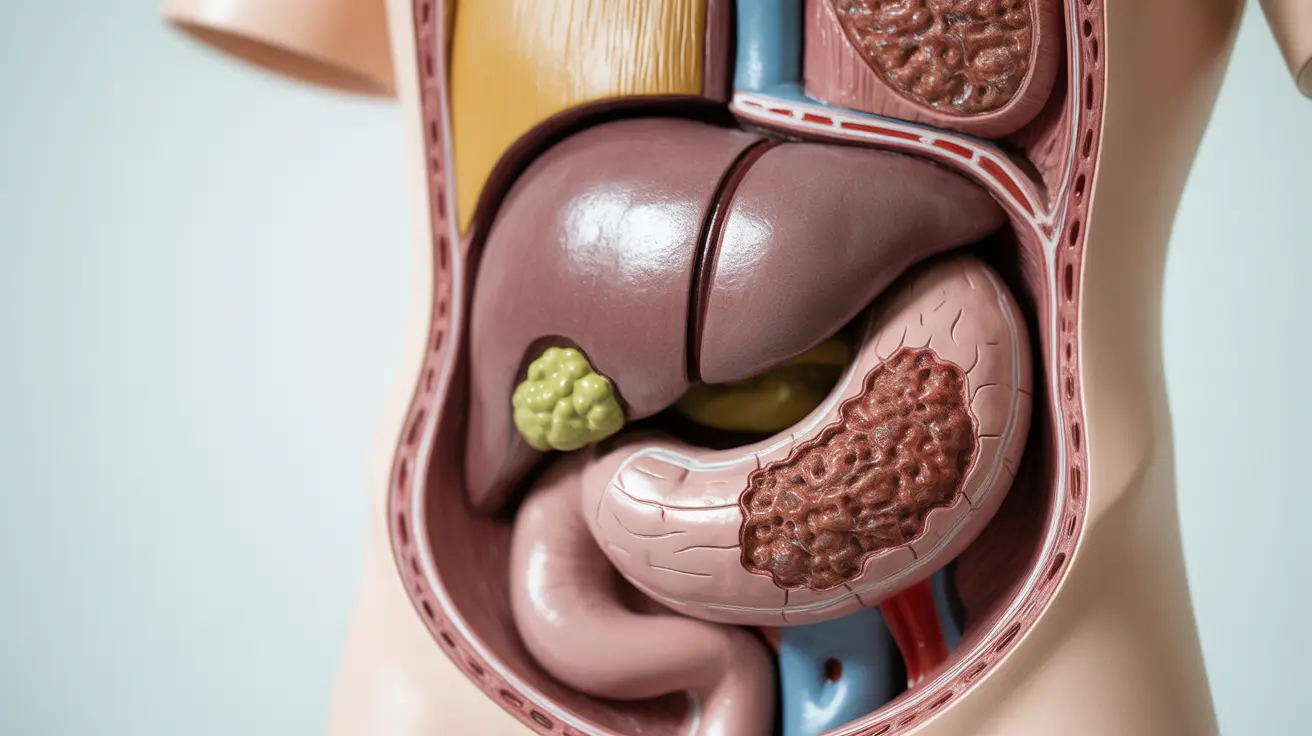A stage 4 gastrointestinal stromal tumor (GIST) diagnosis can be overwhelming, but understanding the prognosis and available treatment options is crucial for patients and their loved ones. While advanced GIST presents significant challenges, modern medical advances have improved outcomes for many patients.
This comprehensive guide explores life expectancy, treatment approaches, and factors that influence survival rates for those diagnosed with stage 4 GIST cancer. We'll examine how newer therapies and personalized treatment plans are helping patients live longer, better lives.
Understanding Stage 4 GIST Cancer
Stage 4 GIST cancer represents an advanced form of the disease where cancer has spread beyond its original location to distant parts of the body. This stage is characterized by metastatic tumors, often affecting organs like the liver or peritoneum (the tissue lining the abdominal cavity).
Life Expectancy and Survival Rates
The life expectancy for stage 4 GIST cancer varies significantly among patients. With modern treatments, particularly targeted therapies, many patients are living longer than historical statistics might suggest. Five-year survival rates have improved considerably over the past two decades, thanks to advances in treatment options.
Factors Affecting Prognosis
Several key factors influence survival rates and treatment outcomes:
- Patient age and overall health
- Tumor size and location
- Genetic mutations present in the tumor
- Response to treatment
- Timing of diagnosis and treatment initiation
- Extent of metastatic spread
Current Treatment Approaches
Targeted Therapy
Targeted medications like imatinib (Gleevec) have revolutionized GIST treatment. These drugs specifically target the genetic mutations driving tumor growth, often leading to significant improvement in survival rates. Second- and third-line targeted therapies are available when initial treatments become less effective.
Surgical Options
While surgery may not be curative in stage 4 GIST, it can play an important role in managing the disease. Surgical intervention might be considered to:
- Remove isolated metastases
- Manage complications
- Reduce tumor burden
- Improve quality of life
Combination Approaches
Many patients receive a combination of treatments, including targeted therapy before and after surgery (neoadjuvant and adjuvant therapy). This comprehensive approach often yields better outcomes than single-modality treatment.
Managing Liver Metastasis
Liver metastasis is common in stage 4 GIST and significantly impacts prognosis. Treatment options for liver metastases include:
- Targeted systemic therapy
- Liver-directed treatments
- Surgical resection when appropriate
- Clinical trials of new therapeutic approaches
Frequently Asked Questions
What is the life expectancy for someone diagnosed with stage 4 gastrointestinal stromal tumor (GIST) cancer?
Life expectancy varies significantly among patients with stage 4 GIST. With current targeted therapies and appropriate treatment, many patients survive several years after diagnosis. Some patients may live 5 years or longer, especially those who respond well to targeted therapy.
How do treatment options like surgery and systemic therapy affect survival rates in stage 4 GIST?
Treatment options can significantly impact survival rates. Targeted therapy has dramatically improved outcomes, while surgery can help manage complications and reduce tumor burden. The combination of both approaches often provides the best results for suitable candidates.
What factors influence the prognosis and survival outcomes of stage 4 GIST patients?
Key factors include the patient's age and overall health, tumor characteristics, genetic mutations, response to treatment, and the extent of metastatic spread. Early intervention and access to specialized care also play crucial roles in outcomes.
Can newer targeted therapies improve the five-year survival rate for stage 4 GIST cancer?
Yes, targeted therapies have significantly improved five-year survival rates. Drugs like imatinib and newer generation inhibitors have transformed the treatment landscape, offering better outcomes for many patients with advanced GIST.
How common is liver metastasis in stage 4 GIST and how does it impact patient survival?
Liver metastasis is common in stage 4 GIST and can affect survival rates. However, modern treatments can often effectively manage liver metastases, and some patients achieve good outcomes with appropriate therapy combinations.




